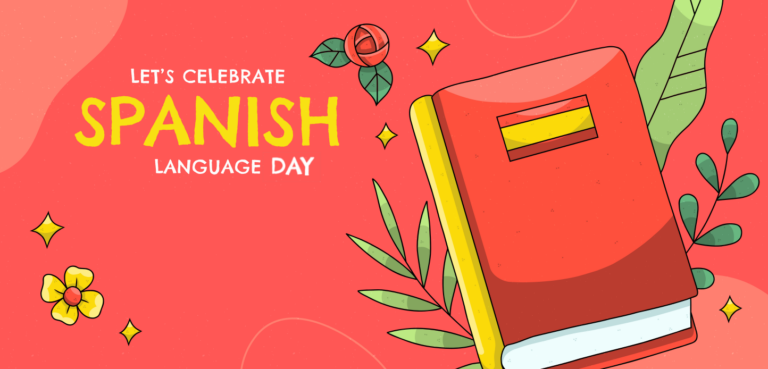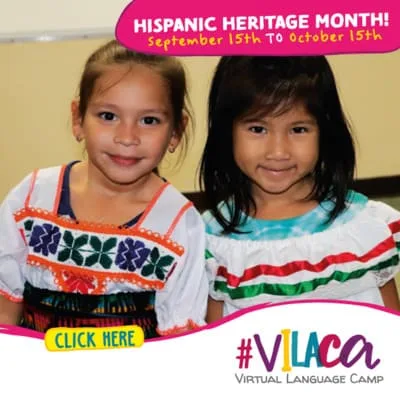Spanish Language Day. Reading the title, there is no confusion about what the celebration is about. However, you might have some follow up questions, like how did Spanish Language Day come about, and what do people do to celebrate it?
History of Spanish Language Day
The United Nations Educational, Scientific and Cultural Organization (UNESCO) is a specialized agency of the United Nations with the aim of promoting world peace and security through international cooperation in education, arts, sciences and culture. With six official working languages within the organization, they desired to celebrate cultural diversity by setting aside a day to celebrate each of the languages. April 23rd was chosen as Spanish Language Day to commemorate the death of Miguel De Cervantes Saavedra who died in 1616.
How to Celebrate Spanish Language Day:
1. Try Learning Some Spanish
Though it is impossible to learn an entire language in a day, dip your toes into Spanish by learning some introductory phrases:
Which Spanish words and phrases should I teach first?
2. Explore Spanish culture through T.V. shows, songs, and crafts.
Discover Spanish culture and immerse yourself in the language by watching some Spanish T.V. shows (turn on the subtitles in English), listening to Spanish music, and making some Spanish crafts.
3. Start reading Don Quixote
A parody of the chivalric romances written by Spanish author, Miguel de Cervantes, Don Quixote is one of the most widely read classics of Western literature. His head filled with stories of knights going on adventures to rescue princesses, a confused, aging man goes on adventures of his own, getting into hilarious situations and causing more damage than good along the way.
Fun Facts about Spanish Language Day:
- The Spanish language originated in Spain. For a more in depth history of how the Spanish Language was created, click HERE.
- Spanish is the (or an) official language of 18 American countries (Argentina, Bolivia, Chile, Colombia, Costa Rica, Cuba, Dominican Republic, Ecuador, El Salvador, Guatemala, Honduras, Mexico, Nicaragua, Panama, Paraguay, Peru, Uruguay, and Venezuela) as well as of the Commonwealth of Puerto Rico, along with Spain in Europe and Equatorial Guinea in Africa.
- The United States ranks second in the world for the number of Spanish speakers. (About 43 million people speak Spanish as a first language). Up to 70 percent of students from kindergarten through grade 12 take Spanish classes.
Taking it a Step Further:
If you’re interested in joining the 595 million people who speak Spanish around the world, or you want your child to learn Spanish, Cultural Bytes One-on-one classes are a great place to start.







